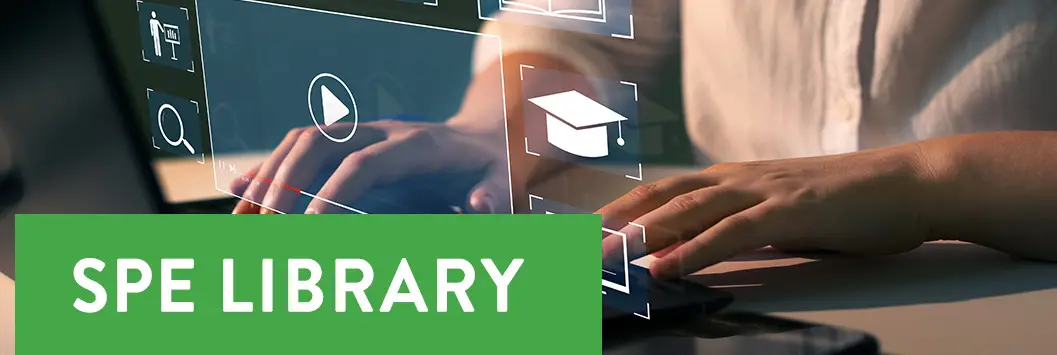Cristina Zanzottera, May 2018
The versatile solid-state chemistry of Bismuth allows for a variety of coordination complexes and the generation of new and robust inorganic pigments as a result. Bismuth has been used in combination with a few inorganic elements, and is most readily found as complexes containing amines and amides, alkoxides, carboxylates, thiolates, and halides. Bismuth Nitrate is amongst one of the most common starting materials for synthesizing Bismuth complexes, and from this starting material the first Bismuth Vanadate pigments (PY.184) were formulated in 1985. There has been continued innovation in this pigment chemistry over the years, and in 2015 a groundbreaking Bismuth orange with a unique color index, PO.86, was launched (proprietary technology of DCC). Since their commercial introduction in 1990 (first production for Ciba, The Netherlands) into the coatings & plastics markets, Bismuth Vanadate pigments have increased in importance as their field of application has grown. These bright yellow, highly saturated pigments are characterized by their outstanding opacity/hiding power, chemical resistance, excellent weathering and durability. DCC’s 3rd innovative generation of Bismuth Vanadate pigments have expanded the limitations of this chemistry to cover a wider color gamut from greenish-yellow to orange hues. Advances such as improving the heat stability has increased the utilization of Bismuth Vanadate products in engineering resins e.g. Nylon 6. Increasing the color strength has created value in use for many customers who want to use less pigment whilst maintaining the hiding power within their system. Moreover, introducing Stir-In technology has helped to reduce operating costs by making the pigment easier to disperse, therefore reducing pressure rise in the extruder and reducing the number of extruder screen changes required during production. Improvements in our manufacturing technologies have allowed DCC to attain the most demanding and specific performance attributes such as heat stability & dispersibility. Through intensive research DCC has been able to introduce an exciting new inorganic pigment into the market, based on Bismuth and identified by a new color index: PO.86. This clean yellow shade inorganic orange has outstanding hiding power, typical of inorganic pigments and represents an excellent starting base for orange colour matches. Additionally, PO.86 is non-warping and has very good heat stability (up to 250 °C): it is therefore strongly recommended for use in polyolefin based plastics, and architectural, industrial, powder, automotive & coil coating applications. There are only a few options for formulators in this shade area (most of which are based on organic starting materials), but none of these alternatives have the same level of durability and opacity as PO.86. This paper will illustrate how Bismuth Vanadate and Bismuth Orange pigments compare to other colorants in the green shade yellow to orange shade areas, with particular reference to performance attributes such as heat stability, dispersibility, weather-fastness, warp resistance and reference how these products perform in different polymer systems. This presentation is thus ideal for those who work & formulate with color and would like to develop a greater understanding of how PY.184 and PO.86 pigments influence the plastics they work with.





















.jpg)
.jpg)
.jpg)

.jpg)
